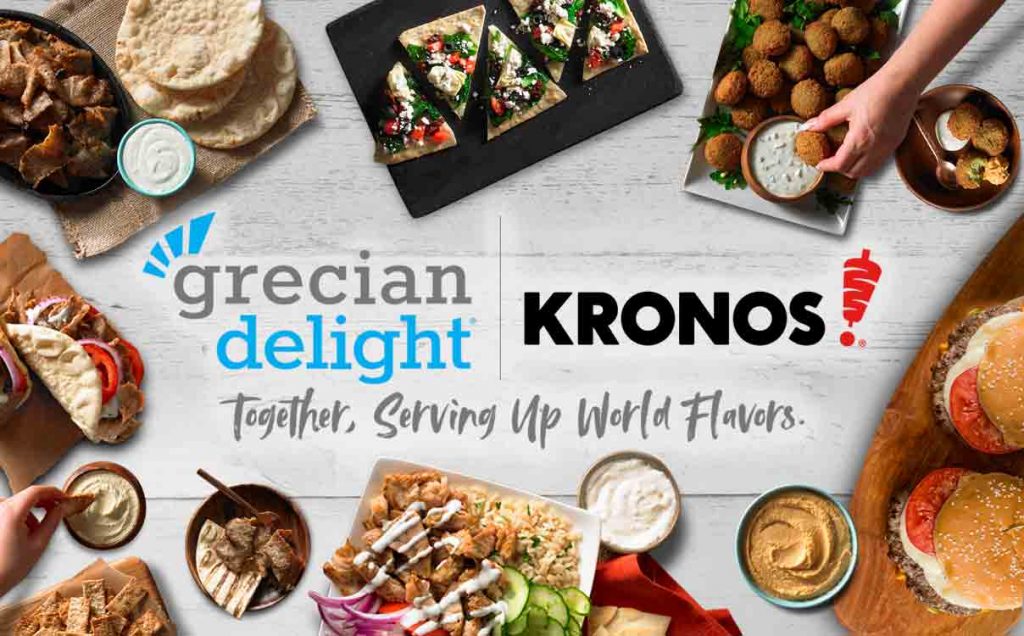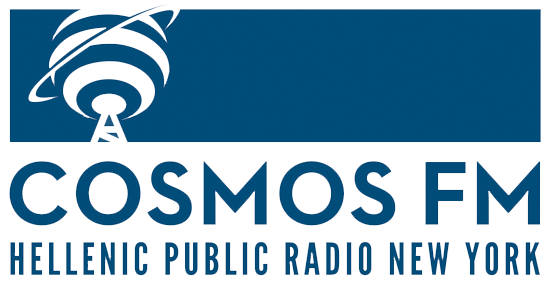Why Prime Cost Should Be First on Your List
Posted by estiator at 19 June, at 09 : 50 AM Print
KNOWLEDGE IS POWER By Peter Kambitsis, Entrepreneur
When we profiled Peter Kambitsis in December, we knew Estiator readers would appreciate his wisdom, experience, and practical advice. But the response has been so over-whelming that we wanted Peter to continue sharing his knowledge.
So with this issue, we’re privileged to welcome Peter as a regular columnist and contributor to Estiator. As the entrepreneur behind hot concepts like Pappa Gallo, Sugarberry Bakery, Mojo, and New York Bakery Café, Peter oversees more than $125 million in revenue across 30 companies in three states. He’s even looking to expand into hospitality with a new “smart hotel” brand to debut next year.
His column, “Knowledge Is Power,” will share news and views you can use to grow your business, start anew one, evolve a concept, or invent something of your own. Please join us in welcoming Peter to the Estiator family.
You could have the greatest restaurant concept in the world. But if your numbers don’t add up, it won’t fly. Prime cost is a key measure of feasibility; as you’ll read, it refers to both labor and cost of goods sold. And if it isn’t one of the first things you consider as you launch or retool your business, you may find it challenging to make anything else add up.
What Is Prime Cost in the Restaurant Business?
Prime cost is a critical concept in our business, as it directly impacts the profitability and success of a restaurant. It refers to the total cost of goods sold (COGS) and total labor cost, which are the two most significant expenses for any restaurant. Under-standing and effectively managing prime costs is essential for restaurant owners and managers to ensure financial stability and sustainable operations.
Importance of Prime Cost
The prime cost is a key performance indicator for restaurants, as it provides insights into the efficiency of operations and overall financial health. By calculating and monitoring prime cost, restaurant owners can assess their ability to control expenses and generate profits. It serves as a benchmark for evaluating the effectiveness of cost management strategies and identifying areas for improvement.
Calculating Prime Cost
To calculate prime cost, the total cost of goods sold (including food and beverage costs) is added to the total labor cost. This provides a comprehensive view of the direct expenses associated with producing and serving meals. By tracking these costs regularly, restaurant operators can make informed decisions regarding pricing, menu offerings, portion sizes, and staffing levels.
Managing Prime Cost
Effective management of prime costs involves implementing strategies to control both food and labor costs. This may include negotiating better prices with suppliers, minimizing waste, optimizing inventory management, cross-utilizing ingredients, and investing in staff training to enhance productivity. Additionally, scheduling labor efficiently, monitoring overtime, and utilizing technology for workforce management can contribute to reducing labor costs.
Impact on Profitability
Maintaining a healthy prime cost directly impacts a restaurant’s profitability. By keeping prime cost in check, restaurants can achieve higher profit margins while remaining competitive in the market. Furthermore, a well-managed prime cost allows for reinvestment in the business, expansion opportunities, and improved financial stability.
In conclusion, prime cost plays a pivotal role in the success of restaurants. By understanding its significance, calculating it accurately, and implementing effective management strategies, restaurant owners can optimize their operations and drive long-term profitability.
CALCULATING PRIME COST AS A PERCENTAGE
Formula to determine how much revenue our prime costs eat up:
Prime Cost / Total Sales x 100 = Prime Cost Percentage.
Let’s assume Total Net Sales were $18,000 and Prime Costs totaled $10,000 (COGS was $5,000 and Labor was $5,000).$10,000 prime cost / $18,000 total sales x 100 = 55% Prime Cost
Generally speaking, you want to keep your Prime Cost under 60%. If you are a numbers guy like me and want a good benchmark, a desirable food cost is between 25%-35% with labor accounting for between25%-35% of sales.
Peter Kambitsis, cofounder of Kambitsis Group, has created successful businesses throughout the U.S. and Greece. Reach him at peter@kambitsisgroup.com.


















